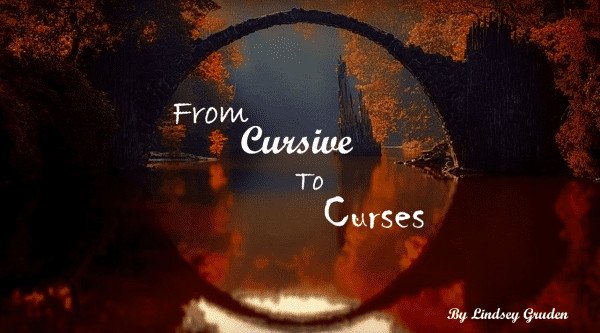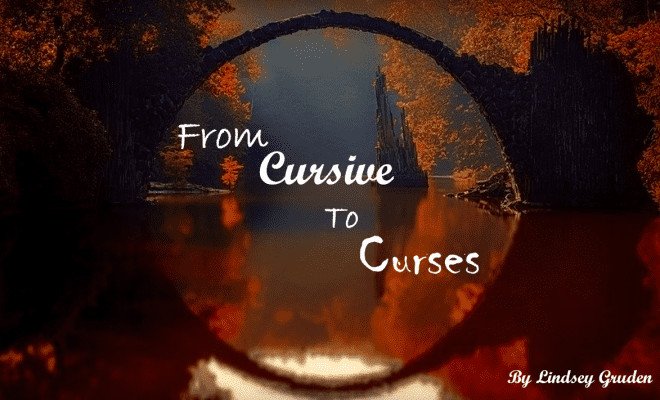Rhode Island’s Vampire

This week’s cryptid comes from the tiny state of Rhode Island. Well, it was supposed to be a cryptid. However, during my research, I came across a fascinating story.
New England got battered in the 1800s by Tuberculosis. Although, the New Englanders called it consumption. The deadly disease ate the life force of its victims. Patients physically wasted away, coughed up blood, and had no energy. It was also a misunderstood disease that had many symptoms. Many doctors were still uncertain how tuberculosis was transmitted.
Then in 1819, John Polidori published his novel, The Vampyre followed by Bram Stoker’s Dracula in 1897. Vampire stories have been told for thousands of years and come from around the world. They drink blood, possess people, and make their victims slaves. Victims of vampires waste away, have no energy, and eventually die.
Sound familiar?
So, you add tales of vampires to a region filled with fearful, superstitious people. Combined with the fear of tuberculosis, you have a cocktail for panic. That’s what happened; it wasn’t the disease that was killing their families, but vampires. The story that vampires were loose in New England spread faster than the disease.
Impossible, you say?
In, 1990 Children playing near a cemetery found a skull. Griswold, Connecticut Police thought at first it could be the work of serial killer Michael Ross. So, they taped it off as a potential crime scene, but the bones found were over a century old. The hillside turned out to be a colonial graveyard; there were no headstones to mark the deceased. The local archaeologist says that was a common practice of the era.
What was not expected is what the archaeologist Nick Bellantoni discovered in some coffins. One coffin displayed evidence of a man beheaded. Along with other rib injuries, someone had smashed the coffin five years after the occupant’s death. Bellantoni was intrigued; why was this body in such condition?
He contacted his colleagues and invited them to visit the graveyard and extend their theories. Bellantoni got more than he bargained for; one colleague told him about the Jewett City Vampires.
In 1854, in Jewett City, Connecticut, townspeople believed vampires were rising from their graves. To defend themselves and their families dug up suspected vampires. They tampered with the bodies like beheading them and then reburied them.
Bellantoni called the Rhode Island Folklorist Michael Bell to get his take on this bizarre story. Bell had spent many years studying exhumed graves from all over New England. He has found evidence of vandalized graves going back to the 1700s. Bell has followed this trail all over New England and even to Minnesota.
Farmers believed that family members were returning from the grave. They were escaping from their coffins to feed off their surviving relatives. Their relatives dug up the members, thought Vampires, and then former loved ones ripped their hearts from their chests. Tossed them into raging bonfires to break the curse.
It’s hard for me to imagine that a family would believe their spouses and children came back from the dead. Then desecrate their bodies like that, all on superstition and fear.
Out of all of these bizarre stories of the dead rising again. The most noteworthy and eerie of them all is about the last Vampire of Rhode Island. Interestingly, during all this madness, Rhode Island had the dubious honor of being the Vampire Capital of America.
When I read that statement, I flashed back to The Lost Boys. A movie about Vampires where Santa Clara was the Vampire Capital of America.
Anyways, back to my story.
In Rhode Island, tuberculosis hit George Brown’s family especially hard. It took his wife, Mary Eliza, first, then their eldest daughter, Mary Olive. Then his son, Edwin, described as a big husky man, fell victim. He went to a sanitorium in Colorado to nurse his health. Almost ten years later, Mercy began showing symptoms. Her health rapidly failed, and in 1892, she died.
Edwin returned from Colorado, and his health took a sharp turn for the worse.
Neighbors of George Brown advised him that one of the three women had to be a vampire. That was why his son Edwin’s health was now failing. His beloved wife or daughters were sucking his life force and killing him. They told him to exhume their coffins to find the evil power and kill it.
To save his son, George Brown and a group of townspeople set off for the cemetery. When they opened his wife Mary’s grave, they found nothing. The rate of decomposition matched the time he buried her. The same with his daughter, Mary Olive, but when they got to his daughter, Mercy?
Her body was still perfectly preserved, as if she had been sleeping this whole time. No decomposition. Her hair and fingernails had grown, and there was still blood in her body. Here lay the dreaded Vampire and ripped her heart out in remanence of a Vincent Price movie. They tossed the poor girl’s heart into a fire and mixed the ashes into an unhealthy drink. The still-grieving father mixed Mercy’s ashes with Edwin’s medicine and made him drink. It didn’t save poor Edwin, and the last member of George Brown’s family died.
The thing is, there is no explanation on how Mercy Brown’s body stayed so preserved. There are countless theories, but there are as many oddities about why as well.
Michael Bell has been following this Vampire pandemic trail for years. From one tampered grave to another like a gruesome string of pearls looking for clues. One cannot help but wonder, and another movie comes to mind. 30 days of night, where a gang of Vampires invades a remote Alaskan town.
The Vampire pandemic took place in remote, isolated New England towns. Graves discovered as far back as the 1700s leading into the 1900s. Was it all superstition and fear?
If you ever find yourself in Rhode Island, the Vampire Capital of New England? You might want to make sure you are traveling during the day to be safe.
Selected Image by Enrique Meseguer from Pixabay










